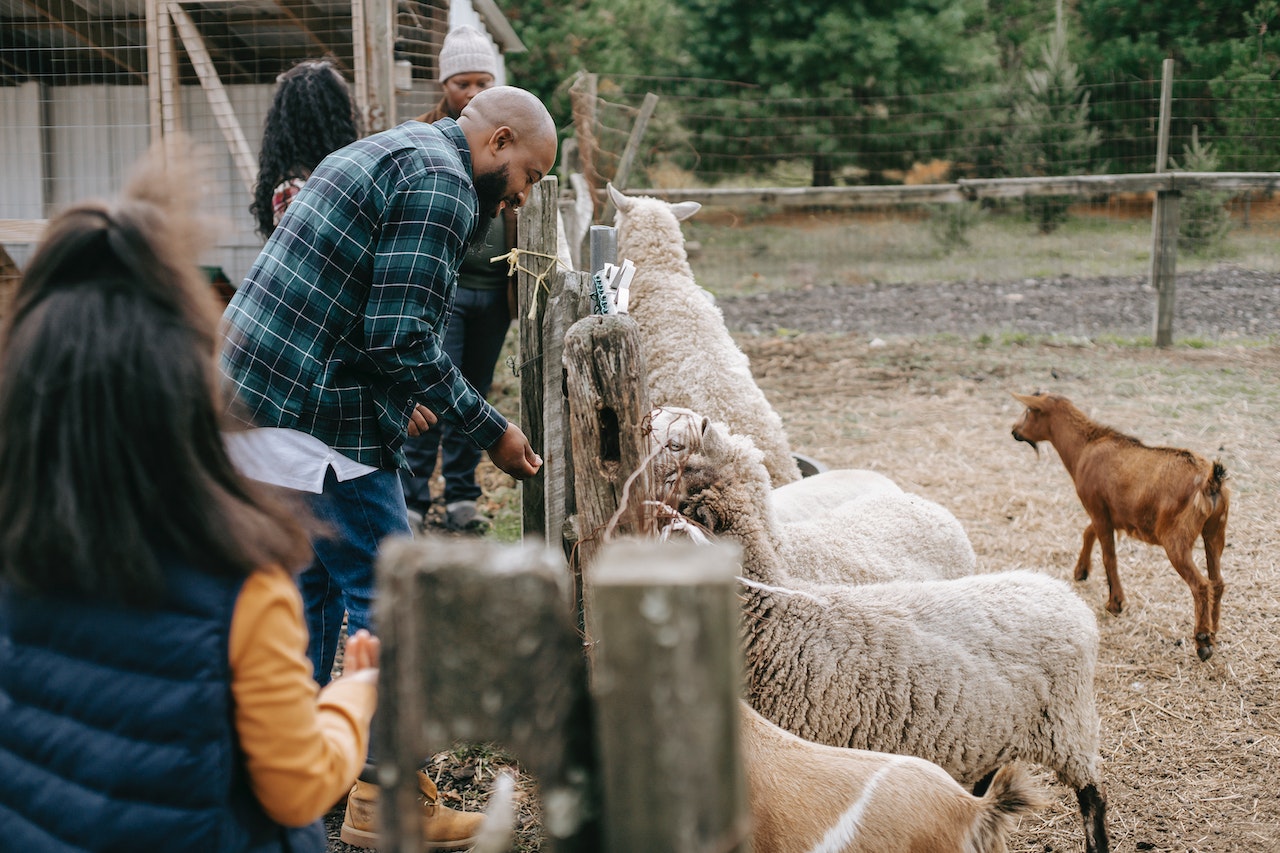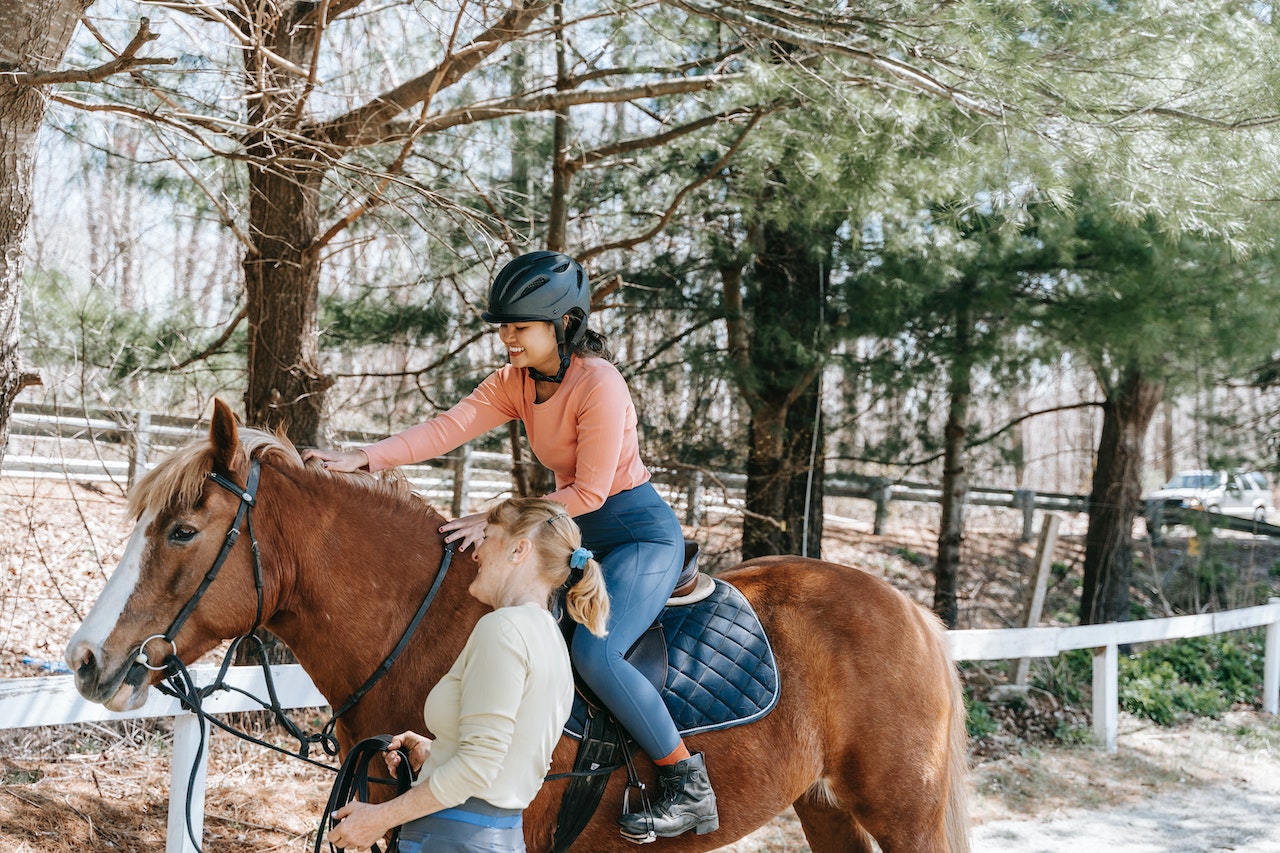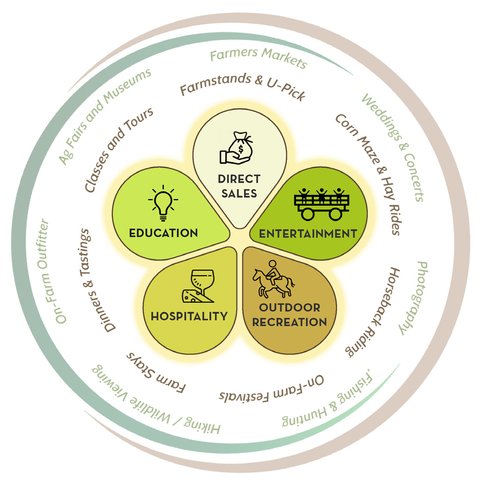Join our mailing list for updates on agritourism resources and efforts in Minnesota from the below link.
A corn maze. Barn weddings. A tour of a bison ranch.
Today the public is seeking authentic, on-farm experiences that can extend from well-known activities, such as a pick-your-own berries on-farm, to an overnight stay in a yurt in a sheep pasture and duck hunting on the edge of a farmer’s pond.
All of these on-farm activities are part of agritourism, which is most simply defined as where agriculture and tourism meet. Often this entails attracting visitors on-farm to experience its location or products, but the variety of possibilities and farmer ingenuity consistently presses the boundaries of the term.
What is the value for farmers and communities?
For some farmers, agritourism may be a source of new revenue to diversify business. For others, inviting visitors on the farm to see daily operations may help better educate the public about agriculture. Whatever the reason, however, whenever a visitor and farmer share a positive exchange, good things happen.
For rural communities, agritourism can play an important role in business and community development. On-farm businesses provide an avenue for local business development and can attract visitors — and their spending — to the communities. In addition, they can help define a local identity or preserve rural amenities and character.
MN Statute 604A.40 defines agritourism:
“Agritourism activity” means activity carried out on a farm or ranch that allows organizations or members of the general public, for recreational, entertainment, charitable, or educational purposes, to view, enjoy, or participate in rural activities, including, but not limited to: farming; viticulture; winemaking; ranching; and historical, cultural, farm stay, gleaning, harvest your-own, or natural activities and attractions. An activity is an agritourism activity whether or not the participant pays to participate in the activity.
Is agritourism right for my operation?
Similar to investigating any additional enterprise, you must decide how an agritourism venture will complement your current activities. Agritourism can be as simple as hosting an early childhood class to see farm animals or as complex as developing a posh farm-to-table dining business.
Connecting with educational resources, associations, and agencies that support agritourism activities in Minnesota is a great way to start and explore possibilities, anticipate risks, and build connections with other operators. An open exploration should provide tangible ideas of how agritourism plays out in “real life” and give a grounded view of how to get started.
Come and Get It (a guidebook for on-farm food service) provides assessments and questions to provoke your thinking:
- What is my current schedule like?
- Is there synergy with other farm operations?
- Where is the bulk of my current time and commitment to this operation going?
- What is the appeal of your farm to visitors? How do you present your farm to visitors?
These questions related to risk management, food safety, and customer service are key to examine before launching even the simplest on-farm event to make sure you and your visitors have a positive experience.
Agritourism planning resources
Use the links and information in the below section to help plan for and promote agritourism.
- United States Small Business Development Administration offices are located around the state and offer free business consulting.
- Come and Get it Guide, Serving Food on the Farm is a guidebook produced by the Minnesota Institute for Sustainable Agriculture.
- Building a Sustainable Business booklet is available from the Minnesota Institute for Sustainable Agriculture.
- Farmstay Manual is a publication of the Minnesota Institute for Sustainable Agriculture.
- Iowa State University’s Agricultural Marketing Resource Center provides a comprehensive set of information and resources for agritourism.
- Minnesota state statute provides limited immunity from liability for farmers that host agritourism activities.
- Starting a food business roadmap is a Minnesota Department of Agriculture resource to help people navigate licensing and regulation requirements for starting a food business.
- Minnesota Department of Agriculture provides a searchable licensing and inspections list.
- Legal considerations are summarized at FarmCommons.
- National Agricultural Law Center provides agricultural and food law research and information.
- Making your farm safe for youth provides unique challenges. This Farm Safety for Youth fact sheet from University of Minnesota Extension provides ideas and guidance.
- Mitigate the risks for those that come in contact with animals or animal waste on your farm by reading this Animal Contact in Public Settings fact sheet from University of Minnesota Extension.
- Handwashing and Farm Safety resources are available from the Upper Midwest Agricultural Safety and Health Center (UMASH).
- Those serving food on their farms should have standard operating procedures approved by their food service inspector. The standard operating procedures for food service by University of Minnesota Extension can be helpful.
- Safer Farm Animal Contact Exhibits (Safer FACEs) online training is available through the Minnesota Department of Health.
- Integrating safety into agritourism provides walkthroughs, checklists and resources to help ensure the safety and health of your visitors.
- Minnesota Grown is the Minnesota Department of Agriculture’s marketing program for Minnesota farms and farm products.
- Explore Minnesota is Minnesota’s tourism promotion agency.
- Marketing in a digital era toolkit, a guide from the Center for Rural Enterprise Engagement, helps those in agriculture develop a successful marketing plan.
Stay current on agritourism
Related news and articles from Extension
Minnesota's showcase of rural innovation expands, yet has more potential for success.
Survey results show an 18% drop in sales and a 10% decrease in jobs due to COVID-19 restrictions. Read more findings from Extension's study.
Food forests are food production systems that combine perennial and annual plants in a multi-story cropping design. Communally managed food forests are a sustainable way to address the increased need …
Reviewed in 2022





